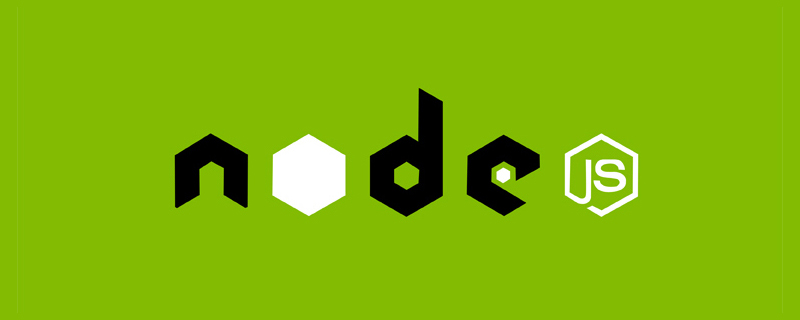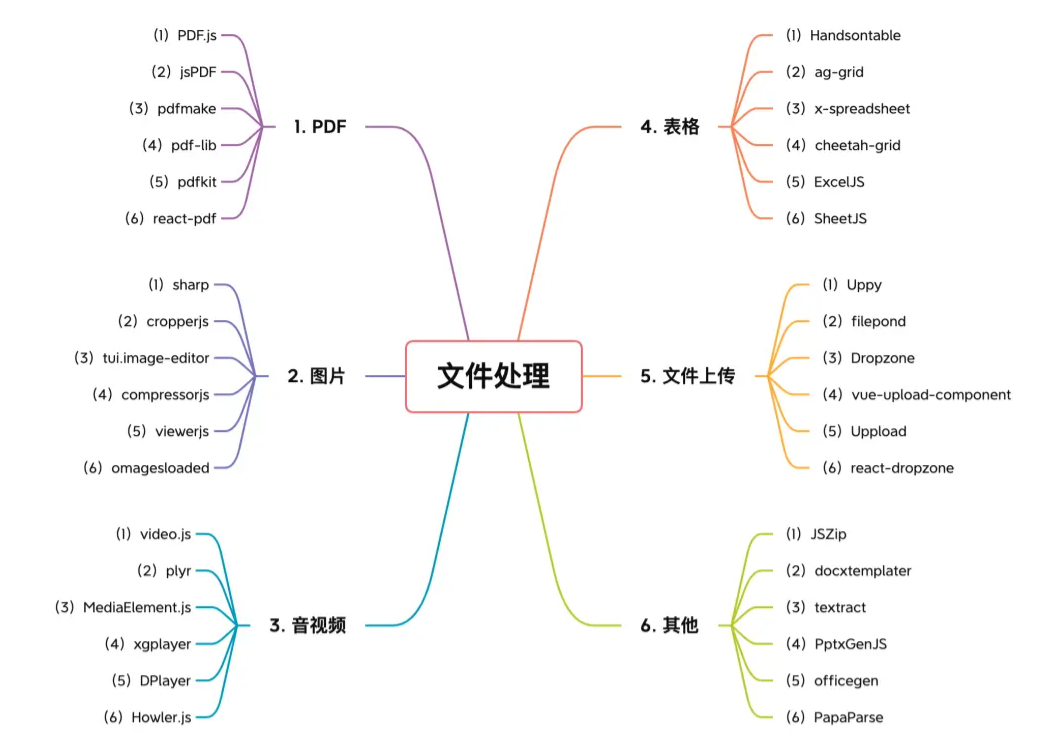The front-end new operator creates a new object instance. Specific steps: 1. Create an empty simple JavaScript object; 2. Point the "__proto__" attribute of the empty object to the prototype object of the constructor; 3. Point the this keyword inside the constructor to the newly created empty object; 4. , execute the code inside the constructor, and add properties and methods to the new object; 5. If the constructor returns an object, return this object, otherwise return the newly created object, etc.

# Operating system for this tutorial: Windows 10 system, Dell G3 computer.
In previous development, the new operator was used to create a new object instance. When using the new operator, it performs the following steps:
Creates an empty, simple JavaScript object (i.e. {}).
Point the __proto__ attribute of this empty object to the prototype object of the constructor.
Point the this keyword inside the constructor to this newly created empty object.
Execute the code inside the constructor to add properties and methods to this new object.
If the constructor returns an object, return this object; otherwise, return this newly created object.
Let’s analyze this process in detail:
Create an empty simple JavaScript object: This empty object will become the instance object to be created. This object will inherit the properties and methods on the constructor's prototype object.
Point the __proto__ attribute of this empty object to the prototype object of the constructor: the prototype object is an object that contains inheritable properties and methods. In JavaScript, every function has a prototype attribute that points to its prototype object. When we use the new operator to create an object, the __proto__ attribute of the new object points to the prototype object of the constructor.
Point the this keyword inside the constructor to this newly created empty object: Inside the constructor, by using the this keyword, we can add properties and methods to this new object. The this keyword here refers to the instance object currently being created.
Execute the code inside the constructor to add properties and methods to this new object: Inside the constructor, we can add properties and methods to this new object to initialize it to the state we want.
If the constructor returns an object, then return this object; otherwise, return the newly created object: if there is a return statement inside the constructor and return an object, then return this object; otherwise, return just New object created. This means that we can return a custom object inside the constructor, not necessarily the object pointed to by this.
When using the new operator to create an object instance, we create an empty object and point its __proto__ attribute to the prototype object of the constructor. The code inside the constructor is then executed to add properties and methods to this new object. Finally, if there is a return statement inside the constructor, the specified object is returned; otherwise, the newly created object is returned. In this way, we can use the constructor to create multiple instance objects, and they can all share the properties and methods on the constructor's prototype object.
The above is the detailed content of What does the front-end new operator do?. For more information, please follow other related articles on the PHP Chinese website!
 5个常见的JavaScript内存错误Aug 25, 2022 am 10:27 AM
5个常见的JavaScript内存错误Aug 25, 2022 am 10:27 AMJavaScript 不提供任何内存管理操作。相反,内存由 JavaScript VM 通过内存回收过程管理,该过程称为垃圾收集。
 Node.js 19正式发布,聊聊它的 6 大特性!Nov 16, 2022 pm 08:34 PM
Node.js 19正式发布,聊聊它的 6 大特性!Nov 16, 2022 pm 08:34 PMNode 19已正式发布,下面本篇文章就来带大家详解了解一下Node.js 19的 6 大特性,希望对大家有所帮助!
 实战:vscode中开发一个支持vue文件跳转到定义的插件Nov 16, 2022 pm 08:43 PM
实战:vscode中开发一个支持vue文件跳转到定义的插件Nov 16, 2022 pm 08:43 PMvscode自身是支持vue文件组件跳转到定义的,但是支持的力度是非常弱的。我们在vue-cli的配置的下,可以写很多灵活的用法,这样可以提升我们的生产效率。但是正是这些灵活的写法,导致了vscode自身提供的功能无法支持跳转到文件定义。为了兼容这些灵活的写法,提高工作效率,所以写了一个vscode支持vue文件跳转到定义的插件。
 聊聊如何选择一个最好的Node.js Docker镜像?Dec 13, 2022 pm 08:00 PM
聊聊如何选择一个最好的Node.js Docker镜像?Dec 13, 2022 pm 08:00 PM选择一个Node的Docker镜像看起来像是一件小事,但是镜像的大小和潜在漏洞可能会对你的CI/CD流程和安全造成重大的影响。那我们如何选择一个最好Node.js Docker镜像呢?
 【6大类】实用的前端处理文件的工具库,快来收藏吧!Jul 15, 2022 pm 02:58 PM
【6大类】实用的前端处理文件的工具库,快来收藏吧!Jul 15, 2022 pm 02:58 PM本篇文章给大家整理和分享几个前端文件处理相关的实用工具库,共分成6大类一一介绍给大家,希望对大家有所帮助。


Hot AI Tools

Undresser.AI Undress
AI-powered app for creating realistic nude photos

AI Clothes Remover
Online AI tool for removing clothes from photos.

Undress AI Tool
Undress images for free

Clothoff.io
AI clothes remover

AI Hentai Generator
Generate AI Hentai for free.

Hot Article

Hot Tools

WebStorm Mac version
Useful JavaScript development tools

SublimeText3 Mac version
God-level code editing software (SublimeText3)

SublimeText3 Chinese version
Chinese version, very easy to use

Safe Exam Browser
Safe Exam Browser is a secure browser environment for taking online exams securely. This software turns any computer into a secure workstation. It controls access to any utility and prevents students from using unauthorized resources.

Dreamweaver Mac version
Visual web development tools









